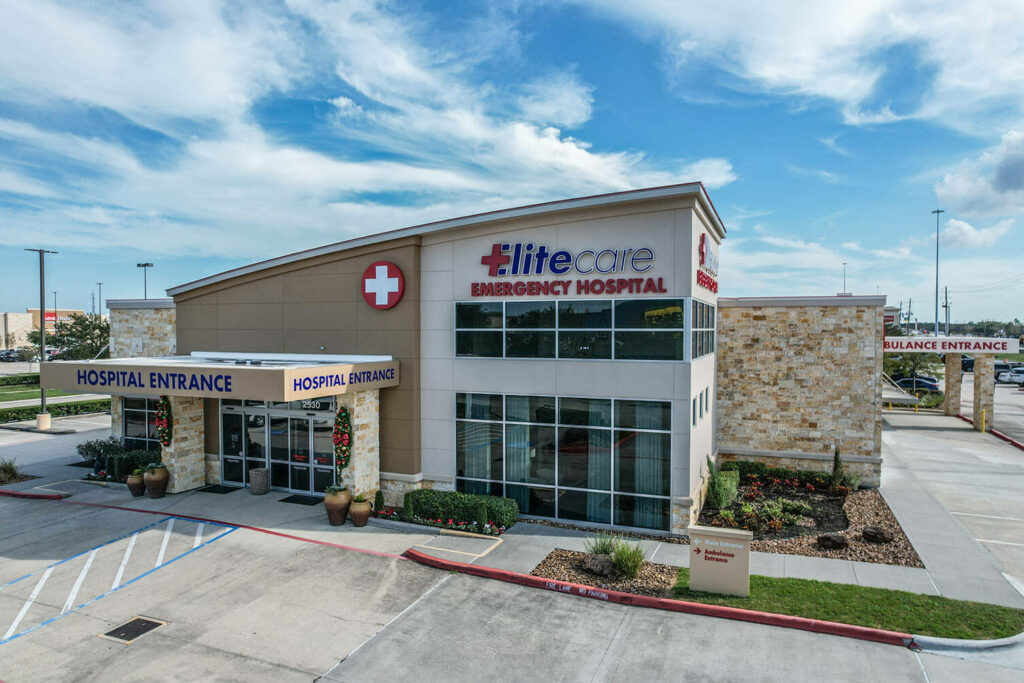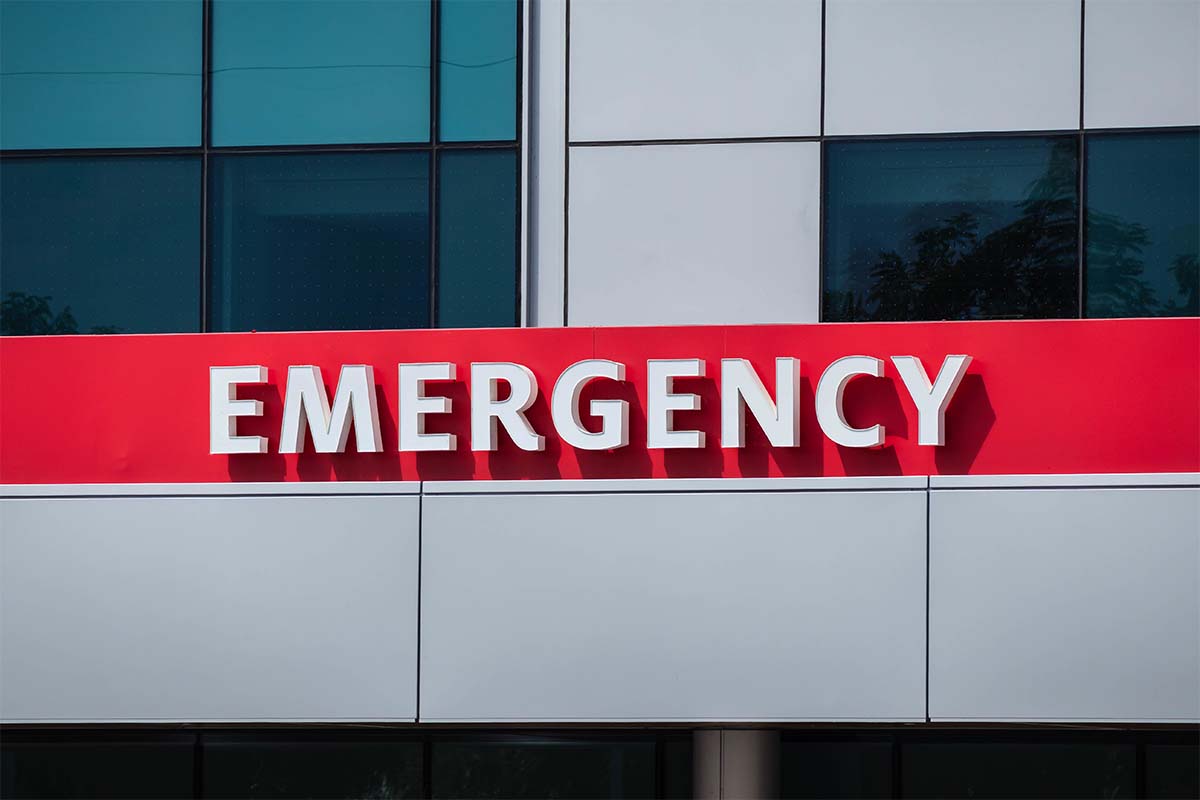
Discover The Differences Between Freestanding Emergency Rooms And Hospital Emergency Rooms
When an emergency strikes, knowing where to go for the best care can make a big difference. Both freestanding emergency rooms and hospital emergency departments provide crucial medical services, but they operate differently and offer unique benefits. Understanding these differences can help you make an informed choice for your health and well-being.
Freestanding emergency rooms, such as Elitecare in League City, Texas, offer many of the same services as hospital emergency departments. However, they often provide a more personalized and faster patient experience. These facilities are fully equipped to handle a wide range of medical emergencies and are staffed by experienced healthcare professionals.
Hospital emergency departments, on the other hand, are usually part of larger hospital systems. While they also offer comprehensive emergency care, they tend to have longer wait times due to a higher number of patients. By comparing the two types of facilities, you can find the one that best meets your needs in an emergency situation. This article will guide you through the main differences and benefits of each, ensuring you’re well-prepared when an urgent medical need arises.
What Is a Freestanding Emergency Room?
A freestanding emergency room (ER) is a medical facility that operates independently of a traditional hospital but provides comprehensive emergency care services. These facilities are equipped with the latest medical technology and staffed by board-certified emergency physicians, nurses, and specialists. Freestanding ERs are designed to handle a wide range of emergencies, from minor injuries to more severe conditions like heart attacks and strokes.
Freestanding emergency rooms offer many of the same services as hospital emergency departments, including diagnostic imaging (such as X-rays, CT scans, and MRIs), lab tests, and immediate treatment for illnesses and injuries. One of the main benefits of a freestanding ER is the shorter wait times. Because these facilities are not attached to a hospital, they often experience lower patient volumes, allowing for quicker and more personalized care.
These facilities are open 24/7, ensuring that you can receive emergency care whenever you need it. They are also located in convenient areas, making them easily accessible for those in need of urgent medical attention. Whether you’re dealing with a sudden injury or an unexpected illness, a freestanding ER can provide the quick and efficient care you need.
What Is a Hospital Emergency Department?
A hospital emergency department (ED), commonly known as the ER, is part of a larger hospital system. These departments are designed to handle a high volume of patients with varying levels of medical emergencies. They are staffed by a diverse team of healthcare providers, including emergency physicians, nurses, specialists, and support staff, all working together to provide comprehensive care.
Hospital emergency departments are equipped to manage a wide array of emergency situations, from minor injuries and illnesses to life-threatening conditions. They have access to advanced diagnostic tools, specialized surgical teams, and intensive care units. Because they are part of a larger hospital, they can provide seamless transitions to inpatient care if necessary.
However, hospital EDs often face longer wait times due to the high number of patients they serve. These departments must prioritize cases based on the severity of the condition, which means that patients with less critical issues may experience delays in treatment. Despite this, hospital EDs are a vital resource for managing severe and complex medical emergencies, offering a full spectrum of care options, including specialized treatments and surgeries.
Key Differences Between Freestanding Emergency Rooms and Hospital Emergency Departments
There are several key differences between freestanding emergency rooms and hospital emergency departments that can impact your choice of where to seek care. Understanding these differences can help you make an informed decision when an emergency arises.
Wait Times: Freestanding emergency rooms often have shorter wait times compared to hospital emergency departments. Since they handle fewer patients, you are likely to be seen and treated more quickly in a freestanding ER.
Personalized Care: Freestanding ERs often provide a more personalized experience. With fewer patients to manage, the medical staff can spend more time focusing on your specific needs and concerns.
Facilities and Services: While both types of ERs offer a broad range of emergency services, hospital emergency departments have immediate access to specialized hospital resources. This can be crucial for severe or complex medical cases requiring inpatient care or surgeries.
Location and Accessibility: Freestanding ERs tend to be located in more accessible areas, often closer to residential neighborhoods. This makes it easier to get immediate care without having to travel far.
Choosing between a freestanding emergency room and a hospital emergency department depends on the nature of the medical emergency and your personal needs. Freestanding ERs are excellent for quick, personalized care in urgent situations, while hospital EDs are best suited for severe and complex emergencies that require extensive treatment and resources.
Benefits of Choosing a Freestanding Emergency Room
Freestanding emergency rooms provide several advantages that make them an appealing choice for many patients. Here are some benefits to consider:
Shorter Wait Times: One of the most significant benefits is the reduced wait time. Freestanding ERs usually have fewer patients, so you can receive care more quickly.
Personalized Attention: With fewer patients to attend to, the medical staff at freestanding ERs can offer more individualized care, ensuring that your specific needs are addressed promptly.
Convenient Locations: Freestanding ERs are typically located in easily accessible areas, often closer to residential communities. This convenience can be crucial when time is of the essence.
Comprehensive Care: Despite being standalone facilities, freestanding ERs are equipped with advanced medical technology and staffed by experienced healthcare professionals. They can handle a wide range of emergencies and provide thorough diagnostic and treatment services.
24/7 Availability: Like hospital emergency departments, freestanding ERs operate 24/7, ensuring that you can receive immediate care at any time, day or night.
Choosing a freestanding emergency room can provide you with quick, convenient, and personalized emergency care. It’s an excellent option for handling urgent medical situations that require immediate attention.
Visit Elitecare Emergency Hospital For Prompt, Expert, And Compassionate Emergency Care
Understanding the differences between freestanding emergency rooms and hospital emergency departments is vital for making informed decisions about emergency care. Freestanding ERs offer numerous benefits, including shorter wait times, more personalized attention, and convenient locations. They provide comprehensive emergency medical services while ensuring a patient-first approach throughout your visit.
Both freestanding emergency rooms and hospital emergency departments are crucial in providing emergency care, but the best choice depends on your specific needs and the nature of the emergency. By knowing the strengths of each type of facility, you can choose the one that best fits your situation.
When an emergency strikes, having access to high-quality, immediate care is essential. At Elitecare in League City, Texas, we are dedicated to providing top-notch emergency care services tailored to meet your needs. Trust us to be there for you and your family when you need us most. Visit Elitecare for prompt, expert, and compassionate emergency care.
















